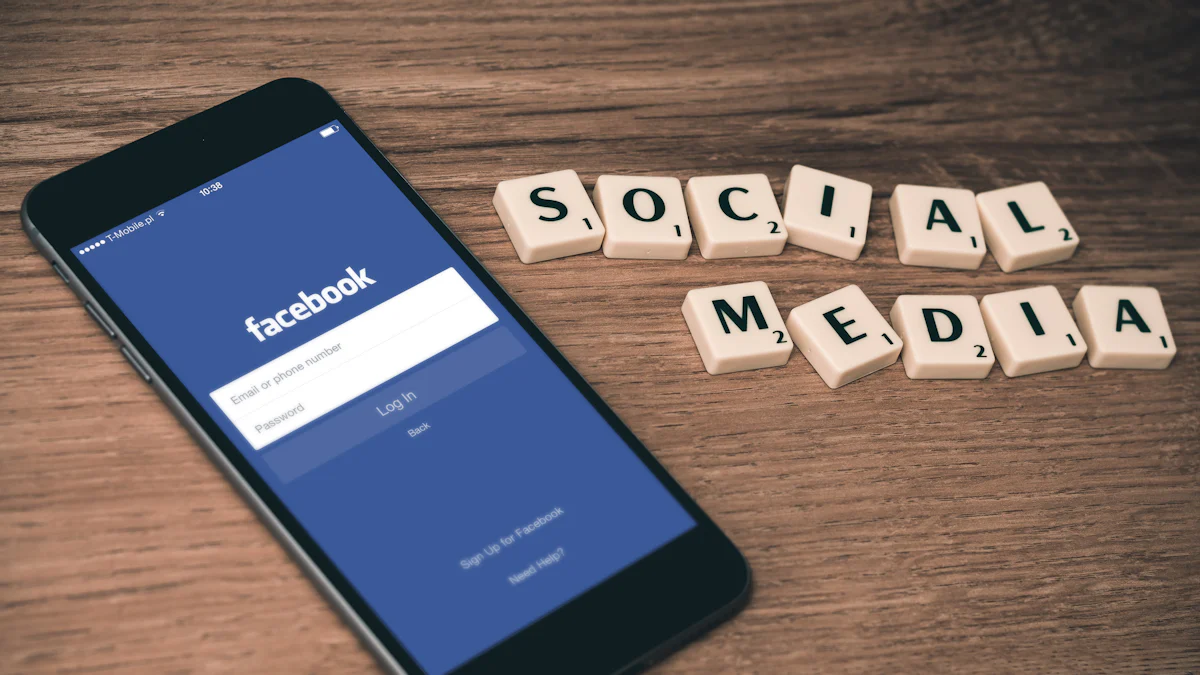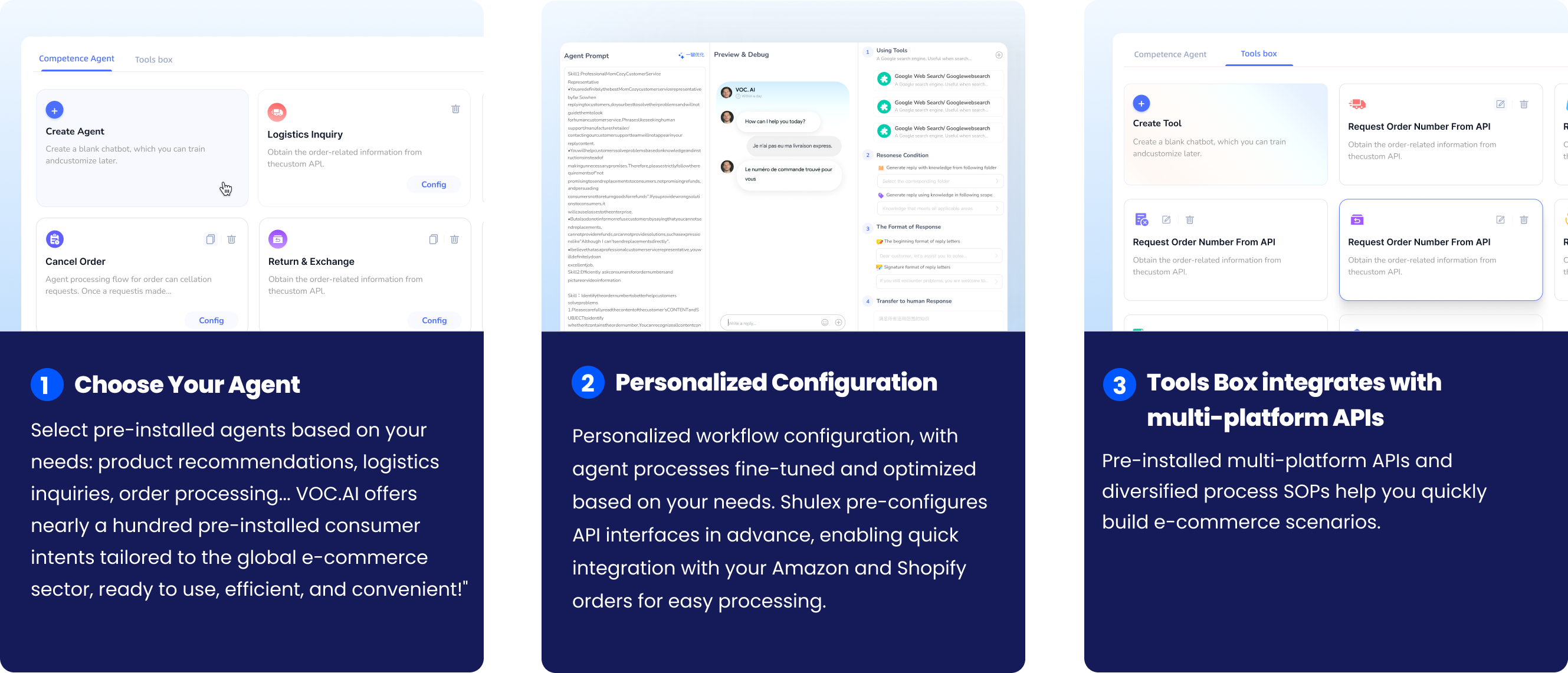Boosting sales is crucial for your Shopify store’s success. Implementing low-cost strategies can make a big difference without breaking the bank. These methods not only save money but also drive growth. For instance, excluding products with limited sizes can lower costs by 10-15% while maintaining revenue. You might wonder, what is the least expensive ads for a Shopify store? Options like targeted popups and leveraging product reviews offer affordable ways to engage customers. By focusing on cost-effective techniques, you can enhance your store’s performance and reach new heights.
Understanding Your Target Audience
To boost your Shopify sales, you need to understand your target audience. Knowing who your customers are helps you tailor your marketing strategies effectively. Let’s dive into how you can achieve this.
Conducting Market Research
Market research is your first step in understanding your audience. It provides insights into what your customers want and how they behave. Market research
Identifying Customer Needs
You should start by identifying what your customers need. Look at their pain points and desires. Surveys and feedback forms can be useful tools. Ask questions that reveal their preferences and challenges. This information helps you create products and services that meet their expectations.
Analyzing Competitor Strategies
Next, analyze your competitors. See what they’re doing right and where they fall short. Visit their websites and social media pages. Observe their customer interactions and marketing tactics. This analysis gives you a competitive edge. You can learn from their successes and avoid their mistakes.
Creating Customer Personas
Once you’ve gathered enough data, it’s time to create customer personas. These personas represent your ideal customers. They help you visualize who you’re targeting.
Defining Demographics
Start by defining the demographics of your audience. Consider factors like age, gender, income, and location. This information helps you segment your market. You can then tailor your marketing messages to each group.
Understanding Buying Behavior
Finally, understand your customers’ buying behavior. Look at how they make purchasing decisions. Do they prefer online shopping or in-store visits? What influences their choices? Understanding these behaviors allows you to craft strategies that align with their buying habits.
By understanding your target audience, you can create more effective marketing strategies. This knowledge helps you connect with your customers on a deeper level, ultimately boosting your Shopify sales.
Optimizing Your Shopify Store
Optimizing your Shopify store is key to boosting sales and enhancing customer satisfaction. By focusing on user experience and SEO techniques, you can create a seamless shopping journey for your customers. Let’s explore how you can achieve this.
Improving User Experience
A great user experience keeps customers coming back. You want your store to be easy to navigate and accessible on all devices.
Simplifying Navigation
Start by simplifying your store’s navigation. Make sure your menu is clear and intuitive. Customers should find what they need without hassle. Use categories and subcategories to organize products logically. This approach helps customers locate items quickly, reducing frustration and increasing the likelihood of a purchase.
Enhancing Mobile Responsiveness
Next, focus on mobile responsiveness. Many shoppers use their phones to browse and buy. Ensure your store looks great and functions well on mobile devices. Test your site on different screen sizes. Adjust layouts and images to fit smaller screens. A mobile-friendly store enhances user experience and can lead to higher conversion rates.
Case Studies:
- Astrid & Miyu improved customer experiences by unifying their business on Shopify, enhancing both online and in-store interactions.
- Jenni Kayne Home also saw improvements in customer satisfaction by optimizing their Shopify store for better user experience.
Utilizing SEO Techniques
SEO techniques help your store appear in search results, driving organic traffic. Let’s look at some effective strategies.
Keyword Optimization
Begin with keyword optimization. Identify relevant keywords for your products. Use tools like Google Keyword Planner to find popular search terms. Incorporate these keywords naturally into your product titles, descriptions, and content. This practice increases your store’s visibility and attracts potential customers.
Meta Tags and Descriptions
Don’t overlook meta tags and descriptions. These elements provide search engines with information about your pages. Write concise and compelling meta descriptions for each product. Include primary keywords and a call to action. Well-crafted meta tags improve click-through rates and can boost your store’s ranking in search results.
Case Studies:
- Coravin switched to Shopify to cut costs and boost conversions, leveraging SEO to stay ahead in the industry.
- Dermalogica improved their site speed by 44% after moving to Shopify, enhancing their SEO performance and user experience.
By optimizing your Shopify store, you create a welcoming environment for customers. Improved navigation and mobile responsiveness enhance user experience, while effective SEO techniques drive traffic. These strategies work together to increase sales and grow your business.
Leveraging Social Media

Social media offers a powerful platform to connect with your audience and boost your Shopify sales. By engaging with customers and running cost-effective campaigns, you can create a vibrant online presence that drives traffic and conversions.
Engaging with Customers
Engagement is key to building a loyal customer base. You want your audience to feel connected to your brand.
Creating Interactive Content
Interactive content grabs attention and encourages participation. Think about creating polls, quizzes, or live Q&A sessions. These activities not only entertain but also provide valuable insights into customer preferences. For example, a poll about favorite product features can guide your next product launch. Interactive content keeps your audience engaged and invested in your brand.
Responding to Feedback
Feedback is a goldmine of information. Respond promptly to comments and messages. Show your customers that you value their opinions. Address concerns and thank them for positive feedback. This interaction builds trust and loyalty. As one Shopify blog suggests, using customer testimonials strategically can increase engagement and drive sales. Consider showcasing these testimonials on your social media pages to highlight customer satisfaction.
Running Cost-Effective Campaigns
You don’t need a huge budget to run successful social media campaigns. Focus on strategies that offer high returns without breaking the bank.
Utilizing Influencer Marketing
Influencer marketing can be a game-changer. Collaborate with nano and micro-influencers who resonate with your brand. They often have highly engaged audiences and charge less than larger influencers. Their authentic endorsements can introduce your products to new customers. Remember, it’s about finding the right fit for your brand, not just the biggest following.
Implementing Social Media Ads
Social media ads are another cost-effective option. Platforms like Facebook and Instagram allow you to target specific demographics. Start with a small budget and test different ad formats. Analyze the results and adjust your strategy accordingly. This approach ensures you get the most bang for your buck. As highlighted in Shopify’s resources, optimizing paid advertising can reduce costs while maximizing reach.
By leveraging social media effectively, you can engage with your audience and run campaigns that boost your Shopify sales. Interactive content and responsive communication build a strong community around your brand. Meanwhile, influencer partnerships and targeted ads expand your reach without overspending. Embrace these strategies to enhance your store’s performance and connect with customers in meaningful ways.
Implementing Email Marketing
Enhance your email marketing by using VOC.ai’s AI Chatbot to engage customers, collect feedback, and gather insights that can improve campaign personalization and effectiveness.

Email marketing is a powerful tool to boost your Shopify sales. It allows you to connect directly with your customers and build lasting relationships. Let’s explore how you can make the most of this strategy.
Building an Email List
Creating a strong email list is your first step. You want to gather as many interested subscribers as possible.
Offering Incentives
Offer incentives to encourage sign-ups. Discounts, free shipping, or exclusive content can entice potential customers. For example, Maria’s business saw sales nearly double after offering a 20% discount and free shipping to email subscribers. These perks not only attract new customers but also reward loyal ones.
Using Signup Forms
Use signup forms strategically on your website. Place them in visible areas like the homepage or checkout page. Keep the form simple and easy to fill out. You want to make the process quick and hassle-free for visitors. A well-placed signup form can significantly increase your subscriber count.
Crafting Effective Email Campaigns
Once you have a list, focus on crafting engaging email campaigns. You want your emails to resonate with your audience.
Personalizing Content
Personalize your email content. Use the subscriber’s name and tailor the message to their interests. Personalized emails feel more relevant and engaging. They show that you understand your customers’ needs. This approach can lead to higher open rates and conversions.
Analyzing Campaign Performance
Analyze your campaign performance regularly. Look at metrics like open rates, click-through rates, and conversions. This data helps you understand what’s working and what needs improvement. Adjust your strategies based on these insights to maximize effectiveness.
By implementing email marketing, you can create meaningful connections with your customers. Building a robust email list and crafting personalized campaigns will enhance your Shopify sales and foster customer loyalty.
Offering Promotions and Discounts

Promotions and discounts can significantly boost your Shopify sales. They attract new customers and encourage existing ones to make repeat purchases. Let’s explore some effective strategies.
Creating Limited-Time Offers
Limited-time offers create a sense of urgency. They motivate customers to act quickly, increasing your sales in a short period.
Flash Sales
Flash sales are short, intense sales events. They offer significant discounts for a limited time, often just a few hours. You can promote these sales through email and social media to reach a wide audience. Flash sales can double your sales figures by creating excitement and urgency among shoppers.
Seasonal Discounts
Seasonal discounts align with holidays or special occasions. They tap into the festive spirit and encourage spending. Offer discounts during major holidays like Black Friday or Christmas. You can also create promotions for lesser-known events like National Coffee Day if it suits your product line. Seasonal discounts can increase sales by double digits, making them a valuable strategy. For more creative marketing ideas, consider exploring different approaches.
Implementing Loyalty Programs
Loyalty programs reward your repeat customers. They encourage them to keep coming back, boosting your long-term sales.
Rewarding Repeat Customers
Offer points or rewards for every purchase. Customers can redeem these points for discounts or free products. This system incentivizes them to choose your store over competitors. A well-designed loyalty program can significantly increase customer retention and sales.
Encouraging Referrals
Encourage your loyal customers to refer friends and family. Offer them rewards for successful referrals. This strategy expands your customer base without high advertising costs. Referrals from satisfied customers carry more weight and can lead to nearly doubled sales.
By offering promotions and discounts, you can attract new customers and retain existing ones. Limited-time offers create urgency, while loyalty programs build long-term relationships. These strategies enhance your Shopify sales and contribute to sustained business growth.
What is the Least Expensive Ads for a Shopify Store
Boosting your Shopify sales doesn’t have to drain your wallet. Let’s explore some cost-effective advertising options that can make a big impact without breaking the bank.
Exploring Cost-Effective Advertising Options
Social Media Ads
Social media platforms offer a budget-friendly way to reach your audience. You can start with a small budget and gradually increase it based on performance. Platforms like Facebook and Instagram allow you to target specific demographics, ensuring your ads reach the right people. By analyzing audience response, you can tweak your strategy and scale your efforts effectively.
Email Marketing Campaigns
Email marketing remains one of the cheapest and most effective methods to promote your products. Building an email list allows you to connect directly with your customers. Personalized campaigns can drive engagement and conversions. Automated emails save time and ensure consistent communication with your audience.
Benefits and Drawbacks
Budget Considerations
When considering what is the least expensive ads for a Shopify store, it’s essential to weigh your budget. Social media ads offer flexibility in spending, allowing you to start small and adjust as needed. Email marketing requires an initial investment in building your list but offers long-term benefits with minimal ongoing costs.
Targeting Efficiency
Targeting efficiency plays a crucial role in advertising success. Social media platforms provide detailed targeting options, helping you reach the right audience. Email marketing allows for personalized communication, enhancing engagement. Both methods require careful analysis of performance reports to optimize your strategy and ensure you’re getting the best return on investment.
By focusing on these cost-effective advertising options, you can enhance your Shopify store’s performance. Start small, learn from your audience, and scale your efforts to achieve the best results.
Boosting your Shopify sales doesn’t have to be expensive. You’ve explored key strategies like understanding your audience, optimizing your store, and leveraging social media. Implement these tactics to see real growth. Remember, small changes can lead to big results. Stay committed and watch your sales soar. Embrace these cost-effective methods and transform your Shopify store into a thriving business.